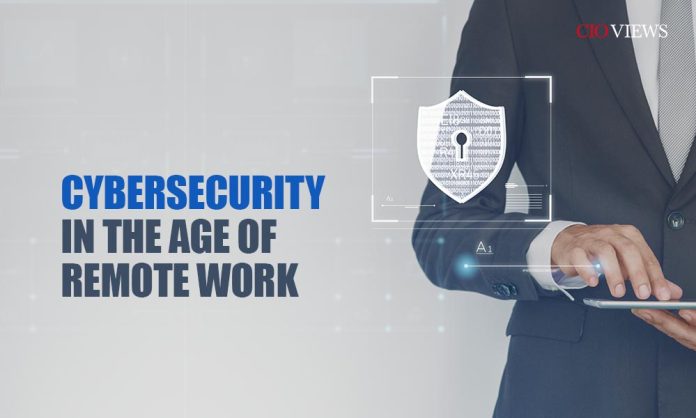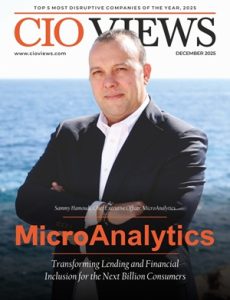The remote work revolution has transformed the modern workplace. While offering flexibility and productivity gains, it has simultaneously exposed businesses to unprecedented cybersecurity threats. With employees connecting from unsecured home networks, using personal devices, and relying on cloud-based collaboration tools, the traditional network perimeter has disappeared.
Cybercriminals have seized this opportunity. Phishing attacks, ransomware, unsecured Wi-Fi breaches, and weak endpoint security have surged. In this environment, a proactive and layered cybersecurity strategy is not a luxury—it’s a necessity.
Understanding the New Threat Landscape
Remote work environments pose unique challenges:
-
Increased Attack Surface: Every home network and connected device adds a new potential entry point for cybercriminals.
-
Shadow IT: Employees often use unauthorized applications and devices that bypass corporate security controls.
-
Weak Authentication: Password reuse and lack of multi-factor authentication (MFA) expose sensitive systems to credential-stuffing attacks.
-
Unsecured Collaboration Tools: Tools like Zoom, Slack, or Google Workspace, while vital for productivity, can be compromised if not properly configured.
Zero Trust Architecture: The Core of Modern Cybersecurity
Implementing a Zero Trust security model is critical in the age of remote work. Zero Trust assumes no user or device should be trusted by default, even if they’re inside the corporate network.
Key elements include:
-
Continuous verification of user identities and devices.
-
Least-privilege access, ensuring users access only what they need.
-
Micro-segmentation of networks to limit lateral movement in case of a breach.
-
Real-time monitoring and analytics to detect anomalies.
Zero Trust isn’t a one-time project—it’s an ongoing strategy that must evolve with your infrastructure and threat landscape.
Implement Strong Endpoint Security
Endpoints—laptops, smartphones, and tablets—are the frontline in remote work setups. Securing them is crucial:
-
Deploy endpoint detection and response (EDR) solutions that offer real-time threat monitoring.
-
Ensure regular patching and software updates to fix known vulnerabilities.
-
Use device management platforms (MDM) to enforce security policies like encryption and remote wipe.
-
Implement antivirus and anti-malware tools with up-to-date definitions.
Multi-Factor Authentication (MFA): A Simple but Powerful Defense
Weak or stolen passwords are responsible for the majority of data breaches. Multi-factor authentication adds an extra layer of security by requiring users to verify their identity through additional means such as biometrics or OTPs.
Adopt MFA across:
-
Email and communication tools
-
Remote desktop and VPN access
-
Cloud storage and SaaS platforms
-
Administrative accounts and privileged users
MFA should be mandatory, not optional.
Secure Remote Access with VPN and Beyond
Traditional Virtual Private Networks (VPNs) offer encrypted access to corporate resources. However, they are not foolproof. For enhanced security:
-
Use split tunneling with caution—only allow secure traffic through VPN.
-
Implement SSL-based VPNs that support MFA and device validation.
-
Explore alternatives like SDP (Software Defined Perimeter) for dynamic and adaptive access control.
Remote access should be context-aware, considering factors like device posture, location, and user role.
Educate Employees: Your First Line of Defense
Human error remains the top cause of security breaches. Regular and engaging cybersecurity training helps employees recognize threats before they become breaches.
Training should cover:
-
Phishing and social engineering awareness
-
Secure password practices
-
Safe use of public Wi-Fi
-
Proper reporting procedures for suspicious activity
Consider simulated phishing campaigns to test and reinforce user awareness.
Cloud Security Best Practices
Cloud adoption is integral to remote work, but misconfigurations are a common vulnerability. To safeguard cloud environments:
-
Enable logging and monitoring for all access and activity.
-
Configure access controls and user permissions rigorously.
-
Encrypt data at rest and in transit using robust protocols.
-
Use cloud security posture management (CSPM) tools to detect misconfigurations.
Choose cloud vendors with robust security certifications like ISO 27001, SOC 2, and GDPR compliance.
Implement a Robust Incident Response Plan
Despite best efforts, breaches can still occur. A well-defined incident response plan minimizes damage and recovery time.
Your plan should include:
-
Clear roles and responsibilities
-
Communication procedures, including legal and PR teams
-
Containment and eradication strategies
-
Forensic analysis and reporting
-
Post-incident review and updates
Conduct regular tabletop exercises and simulations to ensure readiness.
Backup and Disaster Recovery Planning
Ransomware attacks are on the rise, and having secure backups is often the last line of defense.
Key backup strategies:
-
Follow the 3-2-1 rule: 3 copies of data, on 2 different media, with 1 offsite.
-
Use immutable backups to prevent tampering.
-
Automate and test backups regularly.
-
Integrate backups into your disaster recovery plan to minimize downtime.
Continuous Monitoring and Threat Intelligence
Real-time visibility is essential. Use Security Information and Event Management (SIEM) systems and threat intelligence feeds to:
-
Detect anomalous behavior
-
Identify emerging threats
-
Correlate events across systems
-
Generate actionable alerts
Integrate threat intel into your security operations center (SOC) to proactively defend against advanced persistent threats (APTs).
Conclusion
In today’s remote work era, cybersecurity must evolve from a perimeter-based model to a user-centric, data-driven, and continuous security strategy. Businesses that embrace a holistic, layered approach combining technology, processes, and people are better equipped to protect their assets, maintain customer trust, and ensure business continuity.
By implementing the strategies outlined above, organizations can stay ahead of cyber threats and turn cybersecurity into a competitive advantage.





